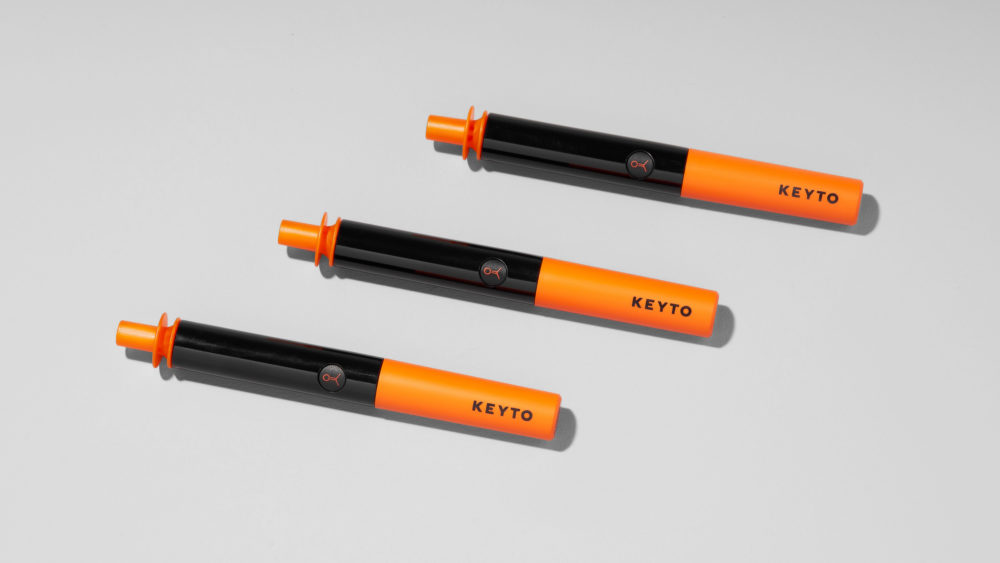Keyto measures the amount of acetone in your breath which is an indicator of the amount of fat you’re burning. Scores of 4 and greater are indicative of nutritional ketosis and mean you on the right track. While it is fun and rewarding to see your scores increase over time, don’t get frustrated if you’re not getting the highest levels. Consistently scoring Levels 4-6+ is a great achievement and should result in health improvement over time.
If you are having difficulty achieving ketosis or want to push your Keyto Level up, try some of the following tips and tricks

Carb Restriction
Carb restriction is necessary for ketosis, but some people need to eat less carbs than others to achieve higher Keyto Levels. For them, limiting daily net carbs to 20-30 grams may be sufficient for mild ketosis (Levels 4-5), but less than 20 grams may be required to achieve Level 6+. This is the result of a variety of factors including the dominant influence of genetics.
Use the Keyto food search to find foods and recipes that can help you achieve your goals. Prioritize foods with a green color badge and be vigilant in looking for hidden sources of carbs in prepackaged foods or meals. Carbs are lurking everywhere!

Exercise
Exercise can be an effective tool to break through obstacles preventing you from achieving higher Keyto Levels. This is accomplished by depleting glycogen and burning the excess circulating glucose that hinder ketone production. Exercise performed at moderate to high intensity quickly depletes glycogen but may also temporarily decrease Keyto Levels. Don’t despair, these changes are transient and often rebound to Levels higher than before!

Get Enough Fats
On a ketogenic diet, dietary fat should constitute roughly 70% of your daily calories. Fat is necessary for ketone production and to provide the fatty acids that your muscles use for fuel. Inadequate dietary fat can limit ketone synthesis and the potential to achieve higher Keyto Levels. While the long-term goal is to coax your body into using stored body-fat, you may need to consume higher amounts in the short-term. But once you become fat-adapted, you will have more latitude in the quantity of dietary fat required to sustain ketosis.
Moderate Protein Intake
While protein is an essential macronutrient, excess can be converted to sugar that can reduce your Keyto level. Most people require around 70-110 grams of protein per day to support critical processes and ensure retention of muscle mass. Because many fat sources are also high in protein, it is easy to overdo it. Strive to keep protein moderate and watch your Keyto Levels soar!

Try Intermittent Fasting
Intermittent fasting (IF) is a pattern of eating where all calories are consumed during a specific feeding window. IF’s increase in popularity is largely due to the beneficial effects on weight and glucose levels. Studies show IF results in lower levels of glucose and insulin which partly explains it ability to help raise Keyto Levels.
Many people follow the 16:8 schedule where you eat all your calories during an 8 hour window and fast the remaining 16 hours. To make it easier to implement, start on a 12:12 schedule and work your way up to 16-20 hours of fasting. If you enjoy IF, feel free to continue it since it offers many benefits independent of raising ketone levels.
Be Patient
Adapting to the ketogenic lifestyle doesn’t happen overnight. Make small, gradual changes, use Keyto to monitor your progress, and don’t get frustrated. If you’re scoring 4’s or 5’s and are losing weight, that’s a win!

